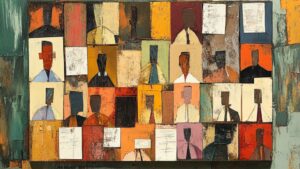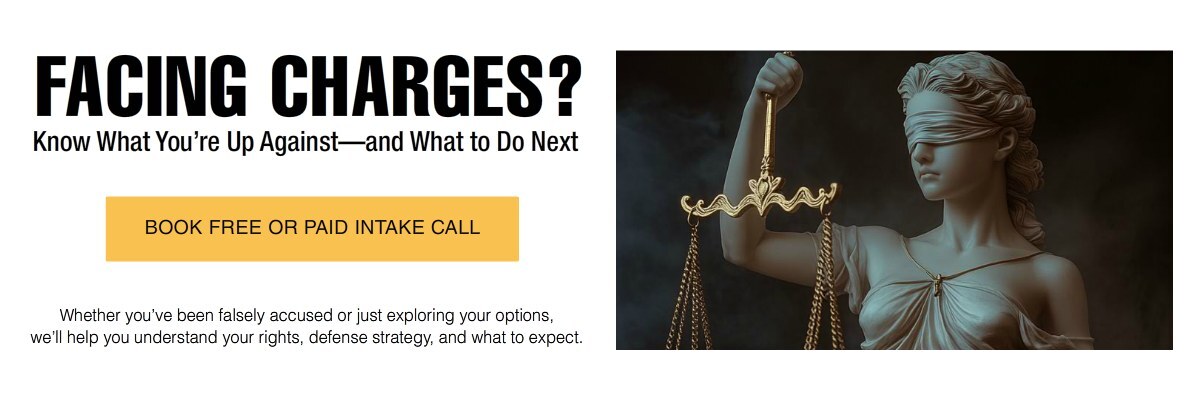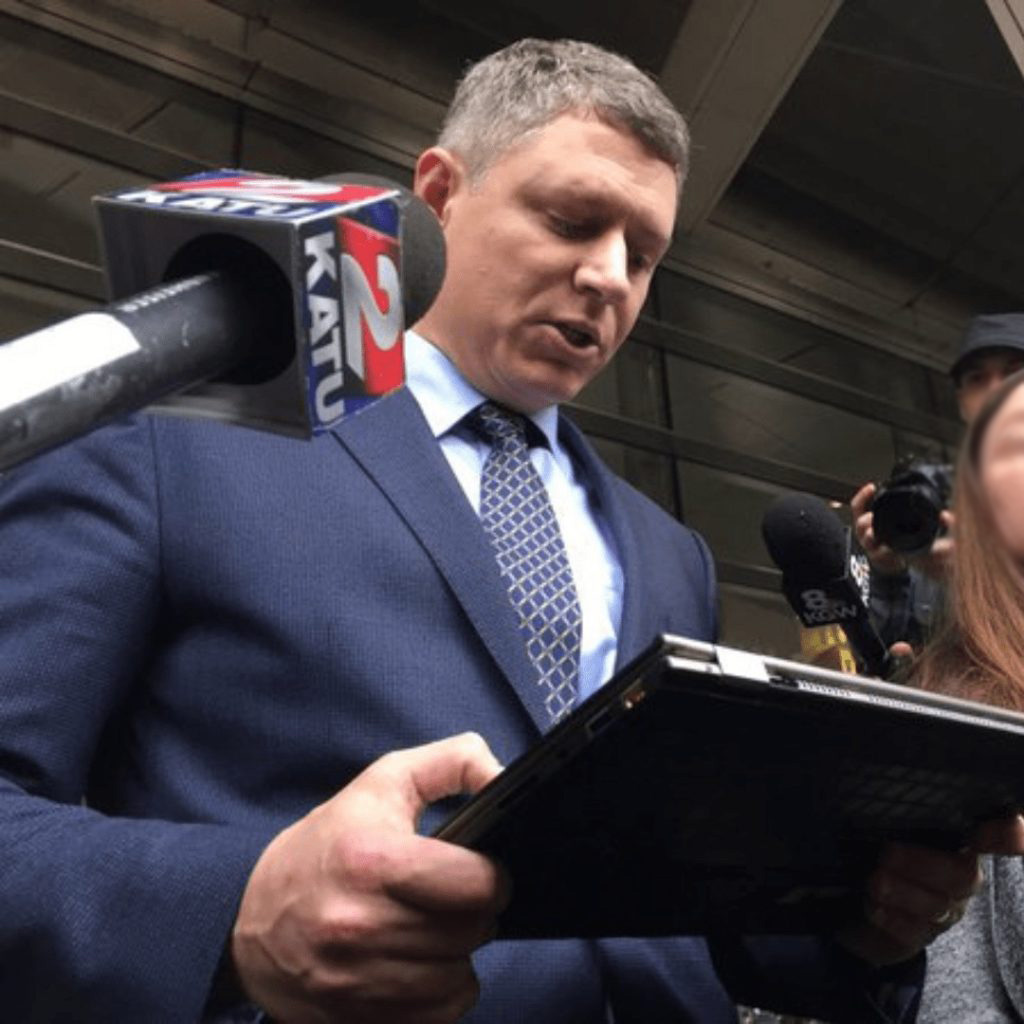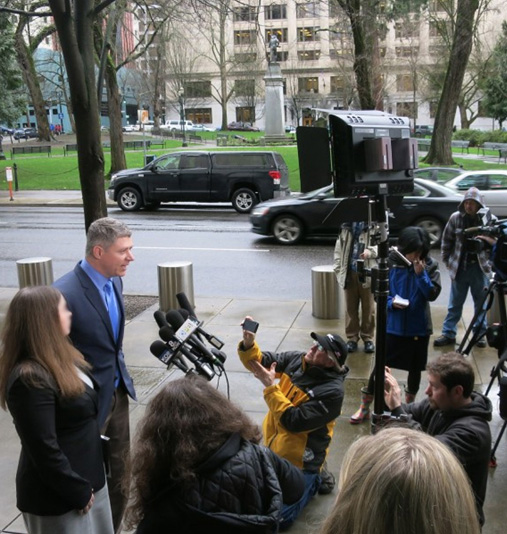Voir Dire: To Speak the Truth
Aug 21, 2025 Legal Defense & Trial Strategy, Storytelling & Strategy
A trial starts long before opening statements—while jurors are still strangers, sitting in a box, not yet sworn in. And Voir dire is more than jury selection. It’s a search for bias, and a critical opportunity to lay the groundwork for how the jury will hear everything that follows.
When done right, we don’t just find the right jurors—we shape how they think.
In this blog, you’ll learn:
• Why voir dire is often the only chance to speak with jurors, not at them
• How skilled defense attorneys use questions to teach, not persuade
• Why early framing affects how jurors absorb evidence
• What kinds of hidden assumptions must be surfaced before trial even begins
Voir dire isn’t about picking likable jurors or ones who “seem fair.” It’s about surfacing the unconscious stuff—snap judgments, cultural assumptions, personal histories—that might quietly override everything else. That can’t be fixed in closing arguments. It has to happen before jurors even take the oath. Because once the evidence starts rolling, it’s too late to untangle how people think.
This is also the only time we can have a real conversation with jurors. In every other phase, we talk to them. In voir dire, we talk with them. That’s the window. We don’t use it to convince—we use it to prepare. To help them understand what “beyond a reasonable doubt” actually means. To challenge their instinct to assume guilt. To introduce the idea that real defendants are flawed, complex, human. Not caricatures.
Good voir dire isn’t just about who ends up on the panel. It’s about the mindset they carry once they’re seated. Jurors don’t walk in the door with perfect neutrality—that’s a myth. But if we ask the right questions, in the right way, we can clear enough space in their thinking to make a fair trial possible.















